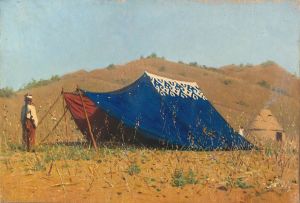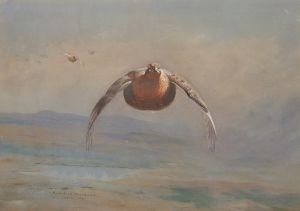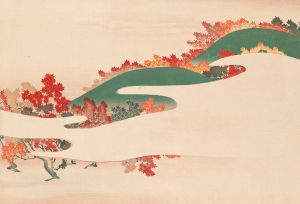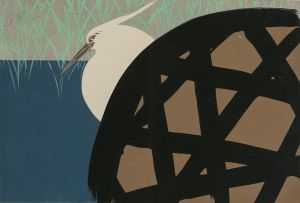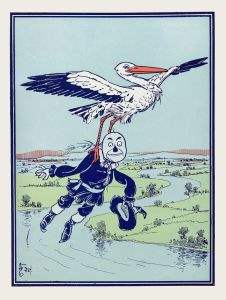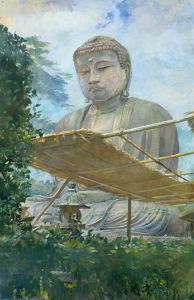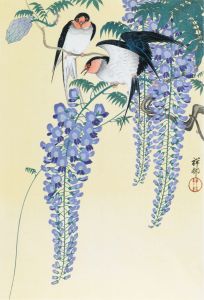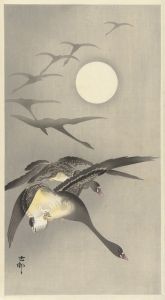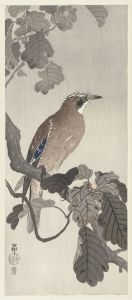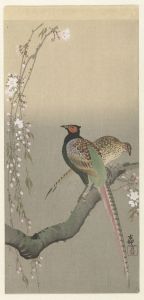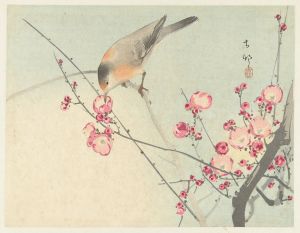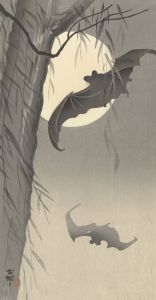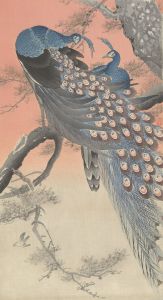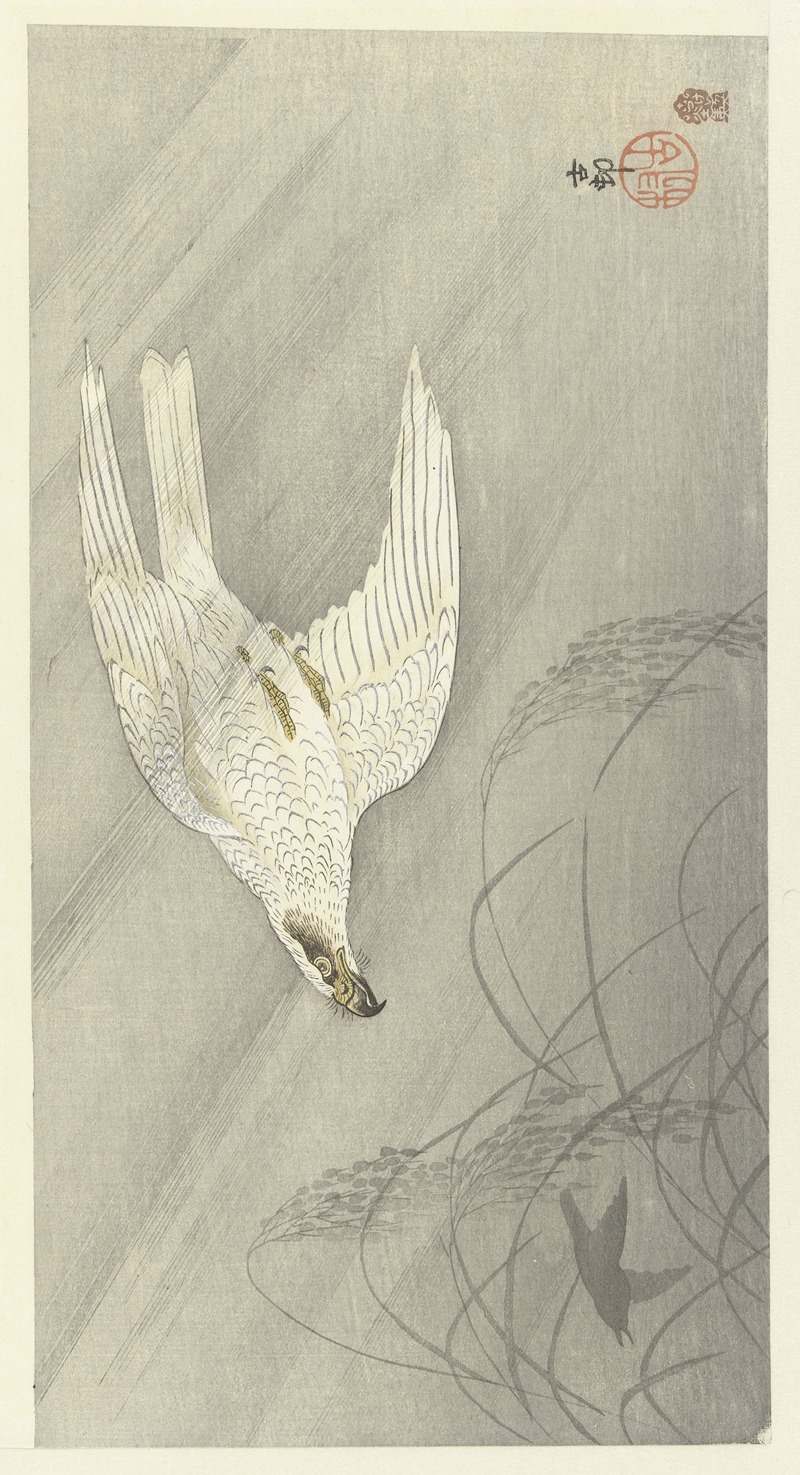
Hunting hawk
A hand-painted replica of Ohara Koson’s masterpiece Hunting hawk, meticulously crafted by professional artists to capture the true essence of the original. Each piece is created with museum-quality canvas and rare mineral pigments, carefully painted by experienced artists with delicate brushstrokes and rich, layered colors to perfectly recreate the texture of the original artwork. Unlike machine-printed reproductions, this hand-painted version brings the painting to life, infused with the artist’s emotions and skill in every stroke. Whether for personal collection or home decoration, it instantly elevates the artistic atmosphere of any space.
Ohara Koson (1877–1945) was a prominent Japanese artist known for his exquisite woodblock prints, particularly those depicting birds and flowers, a genre known as kachō-e. One of his notable works is "Hunting Hawk," which exemplifies his mastery in capturing the delicate balance between realism and artistic expression.
Koson was part of the shin-hanga movement, which sought to revitalize traditional ukiyo-e art with a modern sensibility. This movement emerged in the early 20th century and aimed to appeal to both Japanese and Western audiences by combining traditional Japanese techniques with Western elements of realism and perspective. Koson's work, including "Hunting Hawk," reflects this blend, showcasing meticulous attention to detail and a keen observation of nature.
"Hunting Hawk" features a hawk, a subject that Koson frequently revisited in his oeuvre. Hawks in Japanese art often symbolize strength, power, and keen vision, and they were popular subjects in both traditional and modern Japanese art. In this print, Koson captures the hawk in a poised and alert stance, emphasizing its predatory nature and sharp features. The composition is carefully balanced, with the hawk's form elegantly positioned against a subtle background that highlights its presence.
Koson's technique in "Hunting Hawk" demonstrates his skillful use of color and line. The woodblock print process involves carving an image into a wooden block, applying ink, and then pressing it onto paper. This method allows for rich textures and vibrant colors, which Koson expertly employs to bring the hawk to life. The feathers are rendered with delicate lines and gradations of color, creating a sense of depth and movement. The background is often minimalistic, drawing the viewer's focus to the hawk itself.
Koson's prints, including "Hunting Hawk," were highly regarded both in Japan and internationally. His works were particularly popular in the United States and Europe, where they were collected by art enthusiasts and museums. The appeal of his art lies in its ability to convey the beauty and intricacy of nature through a harmonious blend of traditional Japanese aesthetics and modern artistic techniques.
Despite the challenges of his time, including the impact of World War II on Japan, Koson's art continued to resonate with audiences. His legacy is preserved through his prints, which remain sought after by collectors and continue to be exhibited in museums worldwide. "Hunting Hawk" stands as a testament to Koson's artistic vision and his contribution to the shin-hanga movement, capturing the timeless allure of nature through the lens of Japanese art.





